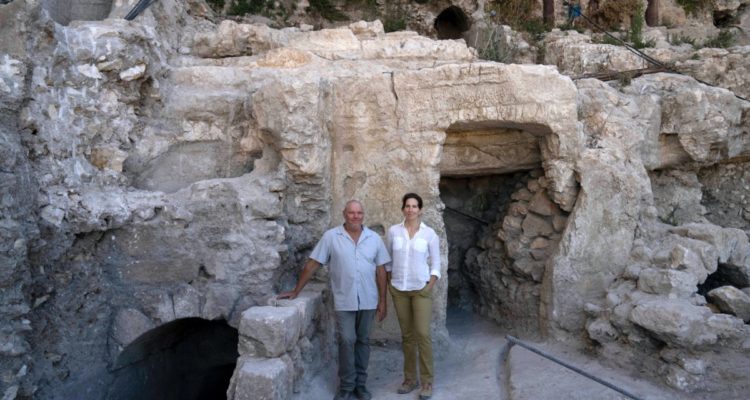Installing an elevator doesn’t normally involve a 2,000-year plunge into an ancient city’s history. But in Jerusalem, even seemingly simple construction projects can lead to archaeological endeavours.
Archaeologists from the Hebrew University of Jerusalem say they have made numerous discoveries, including an ornate first-century villa with its own ritual bath, after a project began to increase access for disabled people to Jerusalem’s Western Wall.
The villa, located footsteps from where the biblical Jewish Temples stood, was uncovered during several years of salvage excavations in the Jewish Quarter of Jerusalem’s historic Old City. Archaeologists perform salvage excavations to make a scientific study of ancient artifacts and buildings before they are removed to make way for modern construction.
Jerusalem’s Western Wall is the holiest site where Jews can pray and millions of worshipers and tourists visit it each year. But to get to the site from the adjacent Jewish Quarter, visitors typically have to descend 142 steps, or take a long detour around the city walls to one of the nearby gates.
In 2017, the Jewish Quarter Reconstruction and Development Company got the green light to begin construction of two elevators to let visitors make the 26-metre descent with greater ease. The location was a narrow sliver of largely undeveloped slope abutting the existing staircase on the eastern edge of the Jewish Quarter.
“The Western Wall is not a privilege, it’s elemental for a Jew or for any person from around the world who wants to come to this holy place,” said Herzl Ben Ari, CEO of the development group. “We have to enable it for everybody.”
Read the article by Ilan Ben Zion in Sight Magazine.

